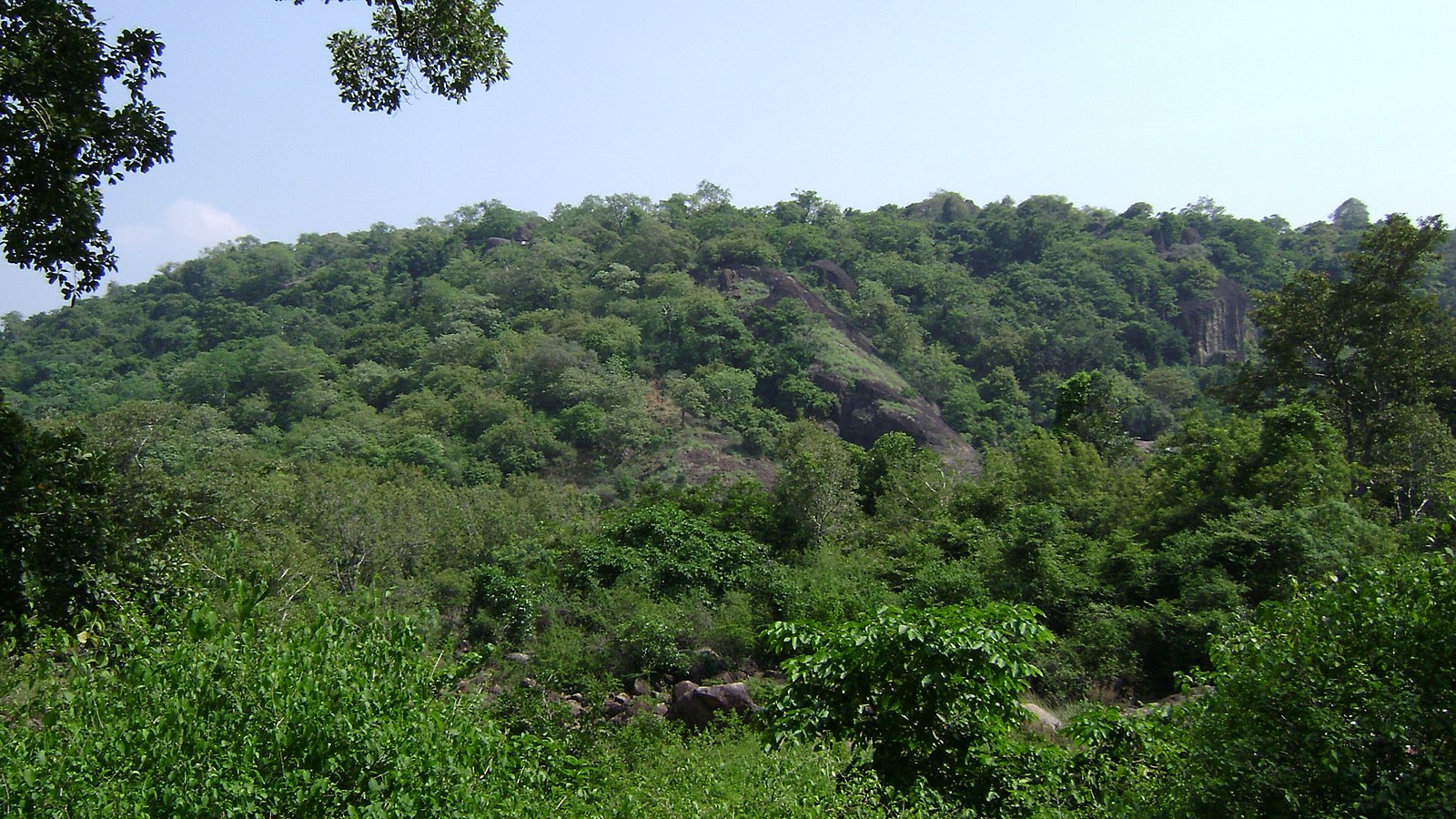‘Increase allocation of funds to improve forest cover’
*Pressure on forest resources required to be reduced
Mohinder Verma
JAMMU, June 21: A study conducted by Department of Ecology, Environment and Remote Sensing has laid thrust on massive afforestation in nearly 2700 forest compartments across the Union Territory of Jammu and Kashmir and increase in allocation of funds for such activities in order to improve forest cover and mitigate the effects of deforestation and forest land degradation.
The main objective of the study was to identify the land parcels under forest divisions of Union Territory (UT) of Jammu and Kashmir for plantation under the Compensatory Afforestation Fund Management and Planning Authority (CAMPA) program.
Out of 6886 compartments, 3077 compartments having open forest located in 96 ranges were analyzed using Remote Sensing & GIS techniques for prioritizing compartments for various treatments.
The analysis helped to identify 396 low, 1282 medium and 1399 high priority compartments out of total 3077 compartments in Jammu and Kashmir. The assessment revealed that out of 4629 compartments in Jammu Forest divisions, 347 falls under low priority, 1034 under medium priority and 1235 under high priority. For Kashmir Forest divisions, 49 falls under low, 248 under medium and 164 under high priority out of total 461 compartments.
The assessment revealed that a significant number of compartments fell under the high and medium priority categories for plantation. “This emphasizes the need for urgent action to address the issues of deforestation and forest land degradation in the region. The identification of priority compartments using Remote Sensing and GIS techniques can aid in the efficient allocation of resources and targeted implementation of afforestation measures”, official sources said.
As per the study, forests are facing decline due to various factors such as urbanization, logging, agriculture expansion and mining. This deterioration has significant consequences, including deforestation, biodiversity loss, soil erosion and climate change, which have social, economic and environmental impacts.
“To counteract the loss of natural forests caused by natural and human factors, compensatory afforestation measures are necessary. The aim of such measures is to increase forest cover and promote conservation, protection and sustainable management of forests and wildlife”, the study said.
Prioritizing land by compartments would assist the Government in achieving its objective by providing a rough assessment of the land’s appropriateness for planting purposes. Besides, prioritization can help officials to better plan and coordinate their activities by having a clear understanding of which land parcels to prioritize.
Moreover, the forest officials can develop a detailed plan of action that takes into account the availability of resources, the timing of planting and the expected outcomes. Moreover, planting efforts by forest officials can be evaluated for their effectiveness through prioritization and by directing their efforts towards targeted areas.
Based on the assessment of forest compartments in Jammu and Kashmir, several recommendations have been made to the Government for promoting sustainable forest management. The study has recommended increase in the allocation of resources to afforestation programs like CAMPA to improve forest cover and mitigate the effects of deforestation and forest land degradation. Moreover, it has stressed that focus should be laid on the priority compartments identified in the analysis to target afforestation efforts efficiently.
Developing effective monitoring and evaluation mechanisms to ensure the successful implementation of afforestation and conservation measures; involving local communities in afforestation and forest management programs to promote sustainable practices and increase their participation in forest conservation and promoting sustainable land-use practices and discourage activities like illegal logging, mining and encroachment on forest land are the other recommendations.
Further, stress has been laid on conduct of periodic assessments of forest compartments to monitor progress and identify areas that require additional attention, integrating remote sensing and GIS techniques in forest management and planning to improve efficiency and accuracy in forest monitoring and management, exploring alternative livelihood options for communities that depend on forests to reduce pressure on forest resources and collaborating with other stakeholders, including civil society organizations, researchers and the private sector to promote sustainable forest management practices.


